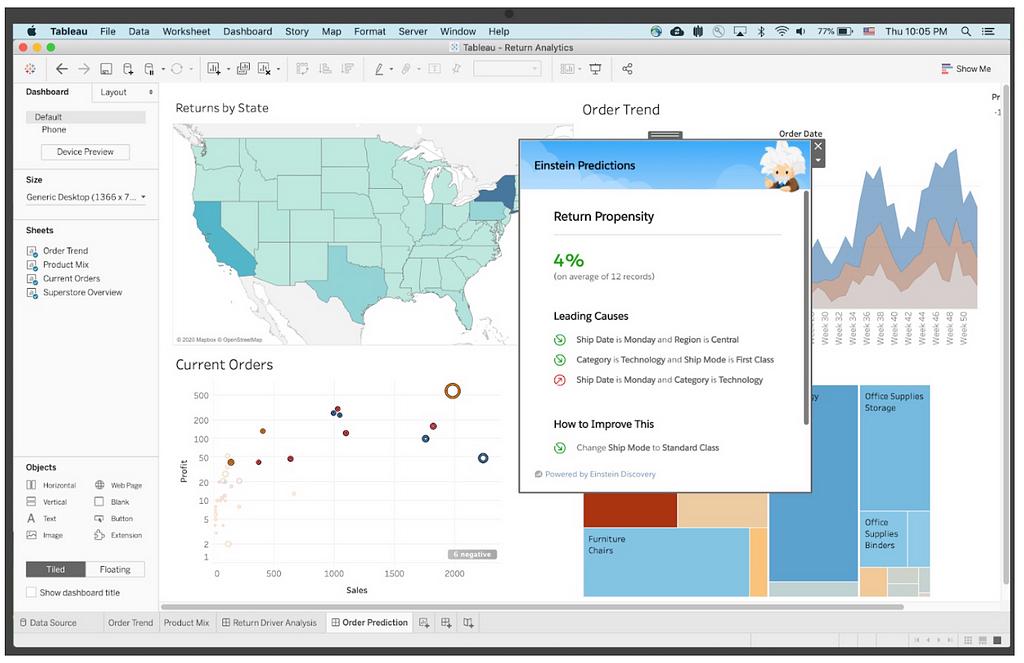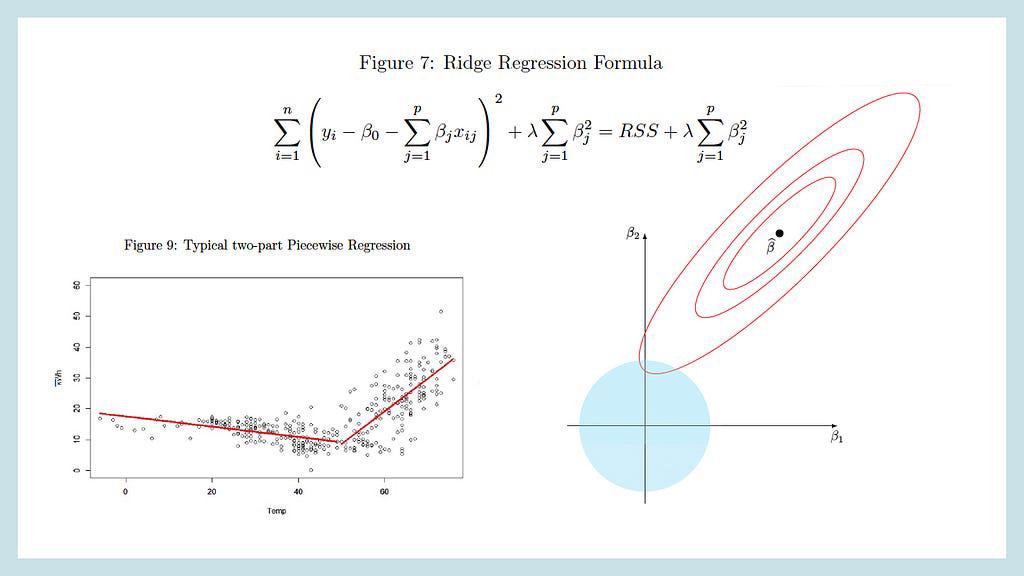Post
The Science Behind What Makes Salesforce Einstein Special
Posted on April 9, 2021 (Last modified on December 23, 2025) • 2 min read • 275 wordsArtificial Intelligence is revolutionizing the way organizations do business and the dramatically increasing value of their data (and the tools they use to collect it all).

But, looking at the AI products on the market, it can be tough to distinguish the actual science from the marketing-speak. At this point, most of us have a firm grasp on the basics: machine eats data, machine analyzes data, machine outputs predictions (or recommendations, or automatically completes tasks) based on patterns and relationships it recognizes in the analyzation stage and, lastly, machine evaluates the success of those predictions/recommendations/actions over time to inform and improve its future accuracy.

But, when it comes to the math “under the hood”, the statistical tools being used for the analysis, and the algorithms that influence its ability to evaluate and improve, it can be tough to get a thorough understanding of exactly how each product operates — especially without a degree in CS. That is, until now. In February of this year, Darvish Lee Shadravan published one of my favorite whitepapers to date, taking a deeper look at Salesforce Einstein AI and the specific features, functionality, and rules of operation that differentiate it from the competition. Designed to be read, and understood, by business users, the C-Suite, and, of course, data analysts and computer scientists it offers an in-depth look at the differentiating capabilities of Einstein, broken out into three logical segments: the business application layer, the data science layer, and the data platform layer. It’s not a tutorial or a set-up guide and it’s markedly devoid of the typical heavy-handed marketing fluff, but if you’re excited by regression formulas, computer-aided pattern processing, or want to get a better sense of the science behind the “buzz” you should absolutely give it a read!

We’ll see you in the cloud.